Award winning author Gail Gaymer Martin is the author of 40 novels with over one million books in print. She writes for Steeple Hill and Barbour Publishing, and her book, Writing the Christian Romance, will be released by Writers Digest in December. Gail is a popular workshop presenter and keynote speaker across the U.S. Visit her website at and her writing blog.
Gail, you've written well over 40 books (by the titles on your website, I think I got to 44). Finding a fresh approach to romance can’t be easy when you produce as many as you do. So how do you do it?
Most everything I hear, see, experience and read in the newspaper or her on the news triggers an idea that either brings to mind a new book plot or fills in an idea for a book that’s been living in my mind. My mind seems to be a research factory. I try to approach each story with compelling characters dealing with a serious issue, and this problem is usually something with which many real people struggle.
Readers relate to believable plots that show real-life people wrestling with issues dealing with family, friends, jobs, health, trust, faith, finances, and past behaviors that affect their present day lives, because this is part of the readers life as well. As long as I do good research and provide a story that’s realistic and compelling, I’m able to provide a fresh approach to common problems that Christians face in a world that doesn’t see life through a Christian worldview.
Weaving the spiritual thread into romance is tricky to do without becoming heavy handed. What's the secret?
The spiritual thread is exactly that---a thread. When we think of our lives as a tapestry, we know that each thread has a purpose, each has it’s own color, and each is important to the whole. One thread doesn’t stand out over another, but it works together to present a beautiful image. So are the threads of our story. None should take precedent over the other.
Growth of the character, the relationships, and faith is important to create the tapestry of the story. A book is first to entertain and then to leave an impact on the reader. In Christian romance, the impact is the happy-ever-after of the hero and heroine, but at the same time, it’s also important to leave the reader with a stronger faith or to mirror their faith through the characters and what they’ve been through.
This doesn’t mean that we are trying to convert everyone who reads our books. More likely we would scare non-believers away. We are to show that despite our flaws, fears, weaknesses, doubts, and sins, God loves us and keeps His promises. If we weave this into our story just as these same elements are woven into our own daily lives, then we will not be preachy, but we will just create a lovely tapestry that will make an impact and be remembered.
What sparked the desire to write a book on Writing the Christian Romance?
I am a teacher. I love presenting workshops and mentoring writers. I believe that God has given me a gift of both teaching and writing ability so I want to give something back as a thank you for these gifts. But I found once my heavy book deadlines arrived that I didn’t have as much time to mentor one on one, and that was difficult for me. Since I’ve taught so many workshops across the country, I had a great deal of material on writing and I’d given some vague thought to writing a book on writing Christian romance, since I knew that no book on the topic was available. I’d searched for them and found zero.
While writing a romance writing column for The Christian Communicator, Lin Johnson re-sparked that thought. She asked me why I didn’t write a book on the subject. She suggested a CBA publisher that was looking for that kind of book. I tucked that thought in the back of mind, and at an ACFW conference a couple years later, I discussed the idea with Randy Ingermanson. Randy suggested I follow through with my idea, but he also asked why I didn’t go first to the biggest publisher of books on writing---Writers Digest. I liked that idea, and so it began to work in my brain.
In December 2005 while being laid up with another knee revision (a nice way to say another replacement), I began writing the proposal. I wanted the book to be different so I contacted some of my Christian fiction author friends who wrote romance and asked if they would be willing to submit excerpts from their work for me to use as examples in the book. I was so blessed and received quotes, tips, and excerpts from about twenty-five published CBA authors to help support and demonstrate techniques in my books.
Although this book focuses on Christian romance and how it differs from secular romance novels, it covers many of the basic elements of good writing. It is eleven chapters that covers: understanding the romance genre, creating characters, developing the hero and heroine whether Christian or non-Christian, understanding a variety of POV and how to use them effectively, creating real emotion and using the senses to enhance emotions and characterization, understanding the differences between sexuality and sensuality in Christian romance, techniques to present spirituality in Christian romance, dialogue, introspection, plotting and pacing a romance and finally preparing a book proposal. This chapter also covers writers’ organizations and conferences that focus on Christian romance, and how to find an agent. Each chapter ends with a set of exercises to help the writer practice what was learned.
 The book can be pre-ordered on Amazon and should arrive just before or after Christmas. Just click on the book cover to link to Amazon. My prayer is that this book will be a help to non-published and published authors as they hone their craft to write the best book they can for their readers and for the Lord.
The book can be pre-ordered on Amazon and should arrive just before or after Christmas. Just click on the book cover to link to Amazon. My prayer is that this book will be a help to non-published and published authors as they hone their craft to write the best book they can for their readers and for the Lord.
Most everything I hear, see, experience and read in the newspaper or her on the news triggers an idea that either brings to mind a new book plot or fills in an idea for a book that’s been living in my mind. My mind seems to be a research factory. I try to approach each story with compelling characters dealing with a serious issue, and this problem is usually something with which many real people struggle.
Readers relate to believable plots that show real-life people wrestling with issues dealing with family, friends, jobs, health, trust, faith, finances, and past behaviors that affect their present day lives, because this is part of the readers life as well. As long as I do good research and provide a story that’s realistic and compelling, I’m able to provide a fresh approach to common problems that Christians face in a world that doesn’t see life through a Christian worldview.
Weaving the spiritual thread into romance is tricky to do without becoming heavy handed. What's the secret?
The spiritual thread is exactly that---a thread. When we think of our lives as a tapestry, we know that each thread has a purpose, each has it’s own color, and each is important to the whole. One thread doesn’t stand out over another, but it works together to present a beautiful image. So are the threads of our story. None should take precedent over the other.
Growth of the character, the relationships, and faith is important to create the tapestry of the story. A book is first to entertain and then to leave an impact on the reader. In Christian romance, the impact is the happy-ever-after of the hero and heroine, but at the same time, it’s also important to leave the reader with a stronger faith or to mirror their faith through the characters and what they’ve been through.
This doesn’t mean that we are trying to convert everyone who reads our books. More likely we would scare non-believers away. We are to show that despite our flaws, fears, weaknesses, doubts, and sins, God loves us and keeps His promises. If we weave this into our story just as these same elements are woven into our own daily lives, then we will not be preachy, but we will just create a lovely tapestry that will make an impact and be remembered.
What sparked the desire to write a book on Writing the Christian Romance?
I am a teacher. I love presenting workshops and mentoring writers. I believe that God has given me a gift of both teaching and writing ability so I want to give something back as a thank you for these gifts. But I found once my heavy book deadlines arrived that I didn’t have as much time to mentor one on one, and that was difficult for me. Since I’ve taught so many workshops across the country, I had a great deal of material on writing and I’d given some vague thought to writing a book on writing Christian romance, since I knew that no book on the topic was available. I’d searched for them and found zero.
While writing a romance writing column for The Christian Communicator, Lin Johnson re-sparked that thought. She asked me why I didn’t write a book on the subject. She suggested a CBA publisher that was looking for that kind of book. I tucked that thought in the back of mind, and at an ACFW conference a couple years later, I discussed the idea with Randy Ingermanson. Randy suggested I follow through with my idea, but he also asked why I didn’t go first to the biggest publisher of books on writing---Writers Digest. I liked that idea, and so it began to work in my brain.
In December 2005 while being laid up with another knee revision (a nice way to say another replacement), I began writing the proposal. I wanted the book to be different so I contacted some of my Christian fiction author friends who wrote romance and asked if they would be willing to submit excerpts from their work for me to use as examples in the book. I was so blessed and received quotes, tips, and excerpts from about twenty-five published CBA authors to help support and demonstrate techniques in my books.
Although this book focuses on Christian romance and how it differs from secular romance novels, it covers many of the basic elements of good writing. It is eleven chapters that covers: understanding the romance genre, creating characters, developing the hero and heroine whether Christian or non-Christian, understanding a variety of POV and how to use them effectively, creating real emotion and using the senses to enhance emotions and characterization, understanding the differences between sexuality and sensuality in Christian romance, techniques to present spirituality in Christian romance, dialogue, introspection, plotting and pacing a romance and finally preparing a book proposal. This chapter also covers writers’ organizations and conferences that focus on Christian romance, and how to find an agent. Each chapter ends with a set of exercises to help the writer practice what was learned.
 The book can be pre-ordered on Amazon and should arrive just before or after Christmas. Just click on the book cover to link to Amazon. My prayer is that this book will be a help to non-published and published authors as they hone their craft to write the best book they can for their readers and for the Lord.
The book can be pre-ordered on Amazon and should arrive just before or after Christmas. Just click on the book cover to link to Amazon. My prayer is that this book will be a help to non-published and published authors as they hone their craft to write the best book they can for their readers and for the Lord.



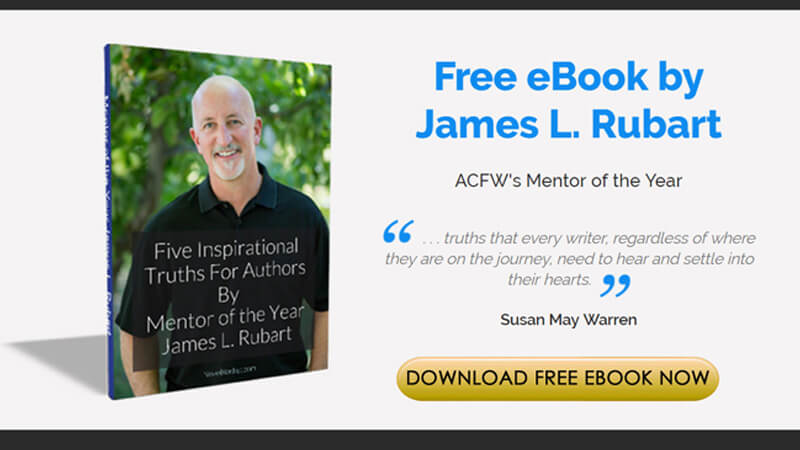


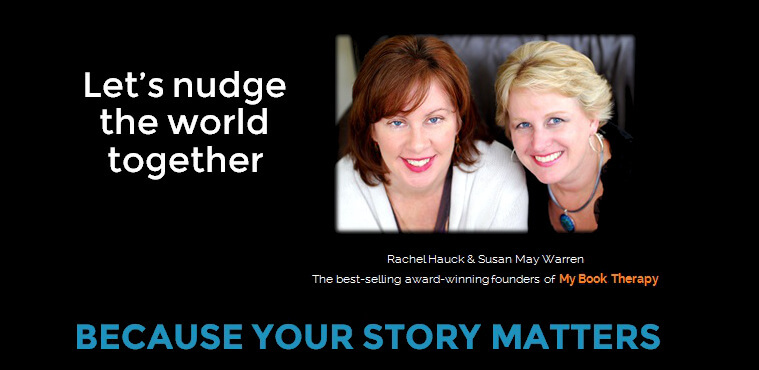
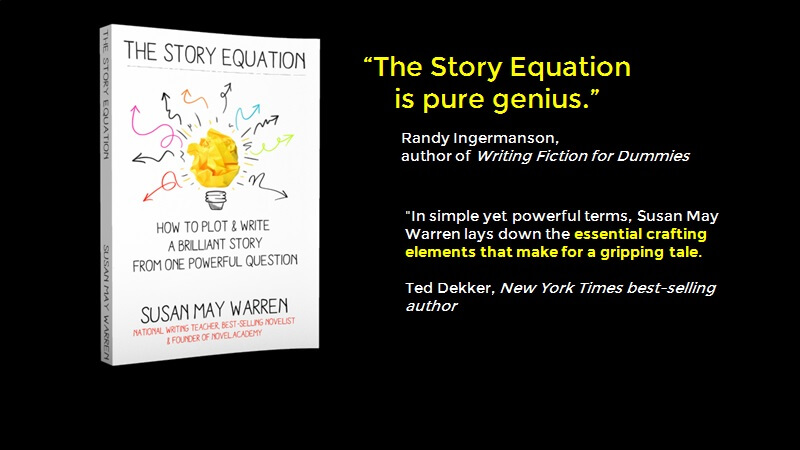

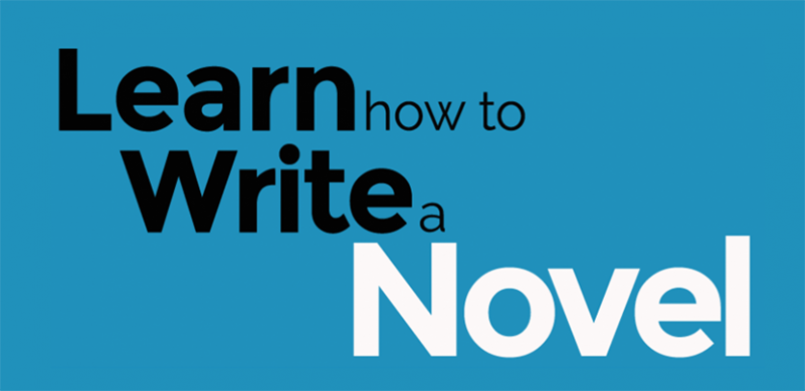


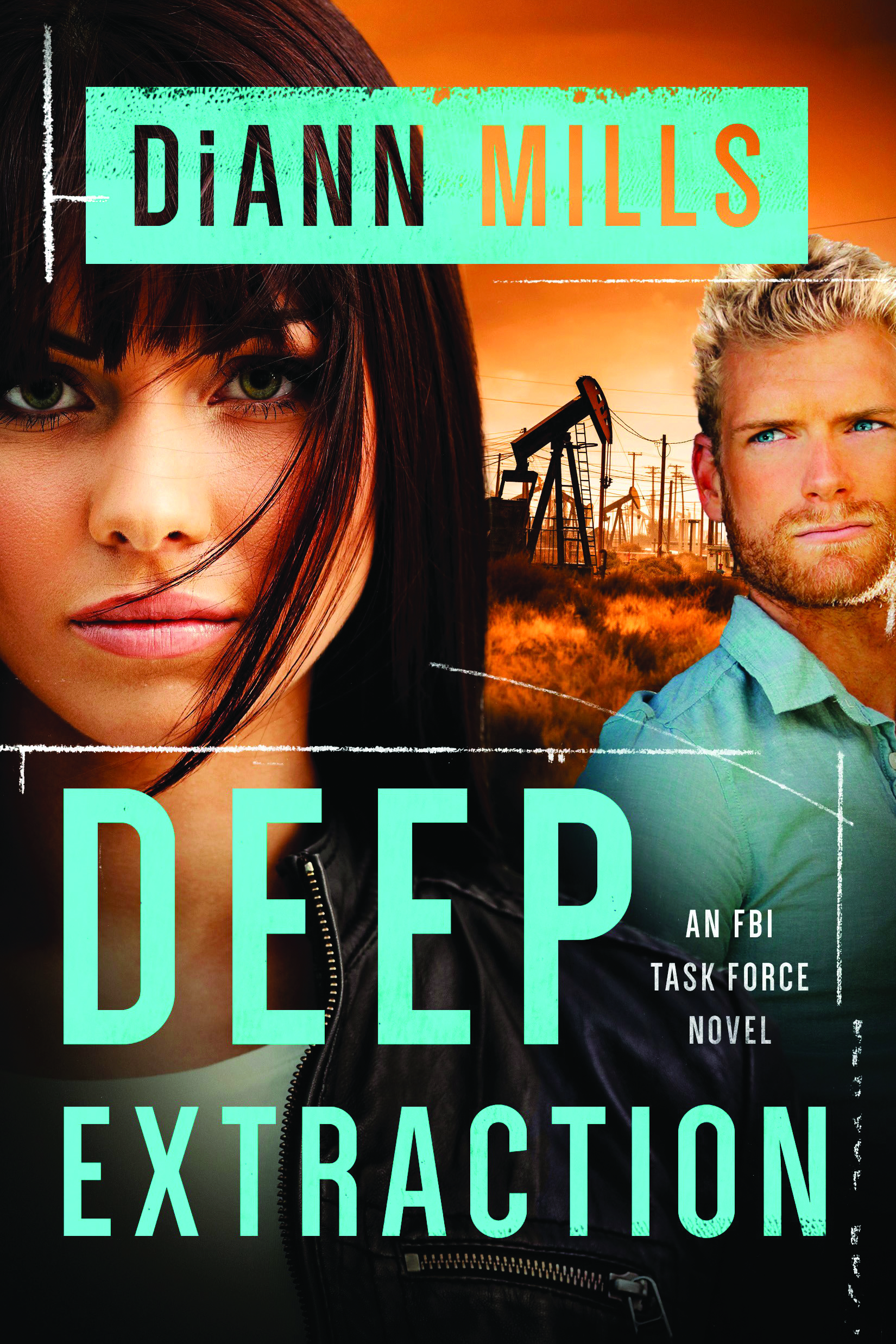
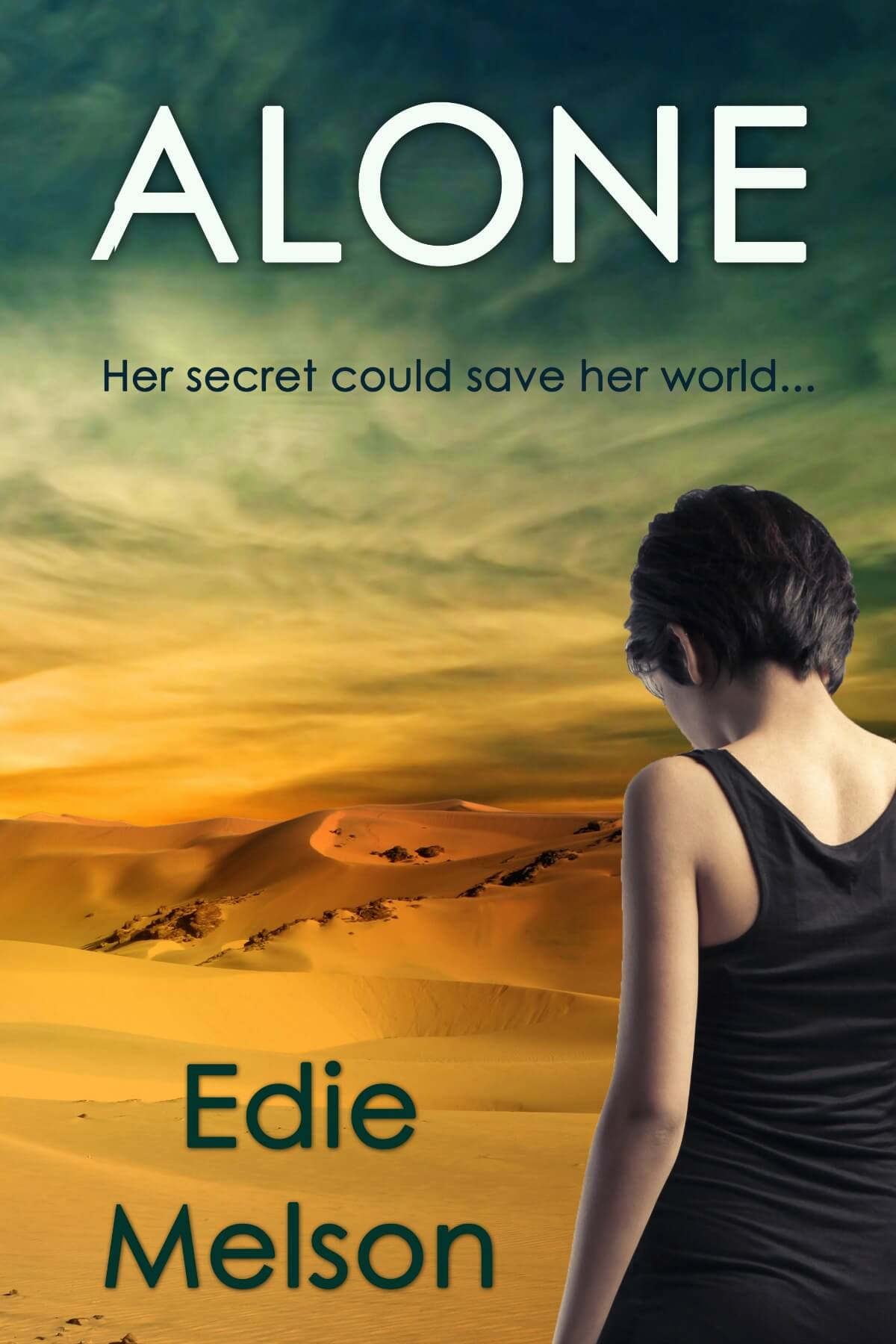









I'm finding it interesting how many authors have gotten published by finding a need and then filling it. I liked Gail's advice here about "believable plots that show real-life people wrestling with issues." I don't write "romances," per se, but some of her advice sounds like it'll be good for any writer, so I might have to check out the book!
ReplyDelete